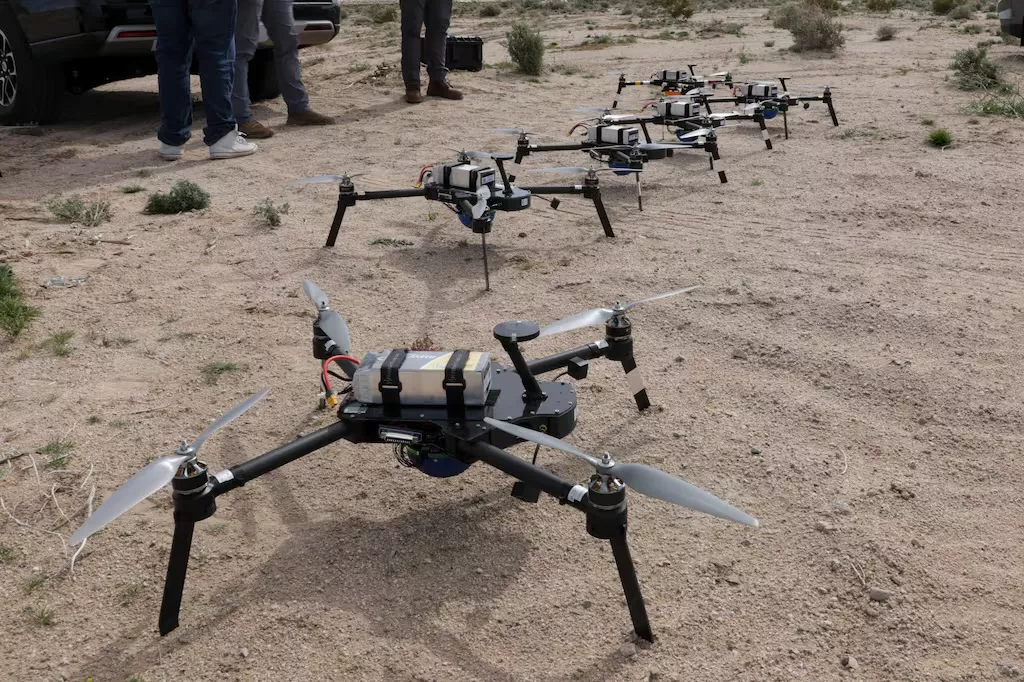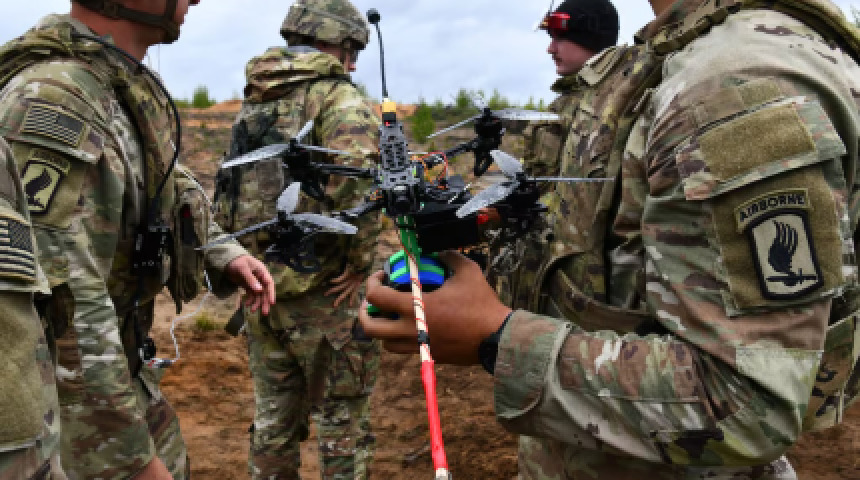🔥 無人機模擬攻擊美軍基地兵推啟示:盟軍設施恐成潛在目標

(Sgt. Gianna Chiavarone/U.S. Army)
🔥 無人機模擬攻擊美軍基地兵推啟示:盟軍設施恐成潛在目標
在2025年7月,美國智庫與軍方合作舉辦了一場關鍵兵棋推演,模擬中國、伊朗與俄羅斯如何透過自殺式無人機攻擊美國境內及海外的軍事基地,從而干擾部署與削弱應對區域衝突的能力。這場由「新美國安全中心(CNAS)」主辦的兵推警示:無人機襲擊的門檻正在降低,美軍與盟軍設施正面臨前所未有的風險。
這場兵推共涉及三個情境,包含敵軍在印太地區突發軍事行動前,利用一連串無人機攻擊癱瘓美國位於關島、夏威夷、加州與阿拉斯加等基地的設施與後勤能力。攻擊策略從以商規無人機搭載炸藥偷襲飛機跑道、油庫與雷達站,到精密協同襲擊衛星接收站與指管中心,全面模擬敵對國家低成本、高頻率的「灰色地帶戰爭」行動。
主辦單位指出,這些兵推雖屬模擬,但許多策略已有真實案例佐證,例如伊朗支持民兵襲擊中東美軍基地、俄羅斯在烏東戰場利用小型無人機驅散烏軍後勤部隊等。
🇹🇼 對台灣的啟示與戰略重要性
這場兵推對台灣具有高度警示意義。若未來兩岸發生軍事衝突,中共勢必採用類似戰術,攻擊台灣本島與外島(如澎湖、東引)之雷達站、油彈庫與戰備跑道,藉由飽和式無人機與飛彈先發制人,進行「癱瘓式開戰」。
此外,兵推也顯示「美軍基地不是絕對安全」,未來台灣在仰賴美援或協防力量時,需評估延遲風險與替代方案,建議建構去中心化的指揮系統與低成本無人機反制裝備。
📌 三大觀察重點
- 低成本無人機飽和攻擊進入主流灰色戰術
- 中俄伊等國積極發展商規改裝自殺無人機,對軍事基地構成非對稱威脅。
- 美軍海外基地暴露度升高,部署恐延誤援台行動
- 關島、夏威夷等被點名為高風險地區,對第一島鏈安全具有警示效應。
-
台灣應強化前線基礎設施的分散與快修能力
- 增加油料、指管系統與機場的備援方案,避免遭飽和攻擊癱瘓防禦。
🔥 Drone Wargames Reveal Vulnerabilities of U.S. Bases: A Warning to Allies Like Taiwan
In July 2025, a critical wargame hosted by the Center for a New American Security (CNAS) explored how China, Iran, and Russia could use swarms of suicide drones to attack U.S. military bases both domestically and abroad. The scenario, developed in cooperation with military experts, simulated strategic drone strikes aimed at crippling U.S. logistical and command operations in the event of a regional conflict. It highlighted that drone warfare is lowering the threshold for high-impact attacks, placing both U.S. and allied infrastructure under unprecedented threat.
The simulation involved three escalating scenarios in which adversaries launched coordinated drone attacks against facilities in Guam, Hawaii, California, and Alaska prior to initiating conflicts in the Indo-Pacific region. These tactics ranged from using commercial drones equipped with explosives to strike airfields, fuel depots, and radar sites, to sophisticated swarming attacks on satellite receivers and command centers—fully illustrating the reality of “gray zone warfare.”
CNAS noted that while the scenarios were simulated, they reflected real-world trends: Iranian-backed militias have previously attacked U.S. bases in the Middle East, and Russia has employed similar drone tactics to disrupt Ukrainian logistics on the eastern front.
🇹🇼 Implications for Taiwan
For Taiwan, the exercise underscores a stark warning. In the event of cross-strait conflict, the Chinese PLA would likely deploy similar low-cost, high-volume drone assaults targeting radar stations, fuel reserves, and wartime airstrips on Taiwan’s main island and outlying territories such as Penghu and Dongyin. A preemptive saturation attack using drones and missiles could be Beijing’s opening move.
Additionally, the wargame emphasized that U.S. bases are no longer considered invulnerable, which raises the risk that American reinforcement operations for Taiwan could face delays or be compromised. Taiwan must therefore consider decentralized command structures and invest in low-cost counter-drone systems to maintain resilience.
⸻
📌 Three Key Takeaways
- Low-Cost Drone Swarm Attacks Are Now Mainstream Gray Zone Tactics
• Nations like China, Russia, and Iran are actively converting commercial drones into asymmetric battlefield threats. - U.S. Overseas Bases Are More Exposed, Delaying Potential Aid to Taiwan
• Locations such as Guam and Hawaii are flagged as high-risk targets, with implications for First Island Chain security. - Taiwan Must Strengthen Dispersed Infrastructure and Rapid Repair Capacity
• Bolstering backup systems for fuel, command centers, and airfields is vital to withstand saturation attacks.




回應文章建議規則: